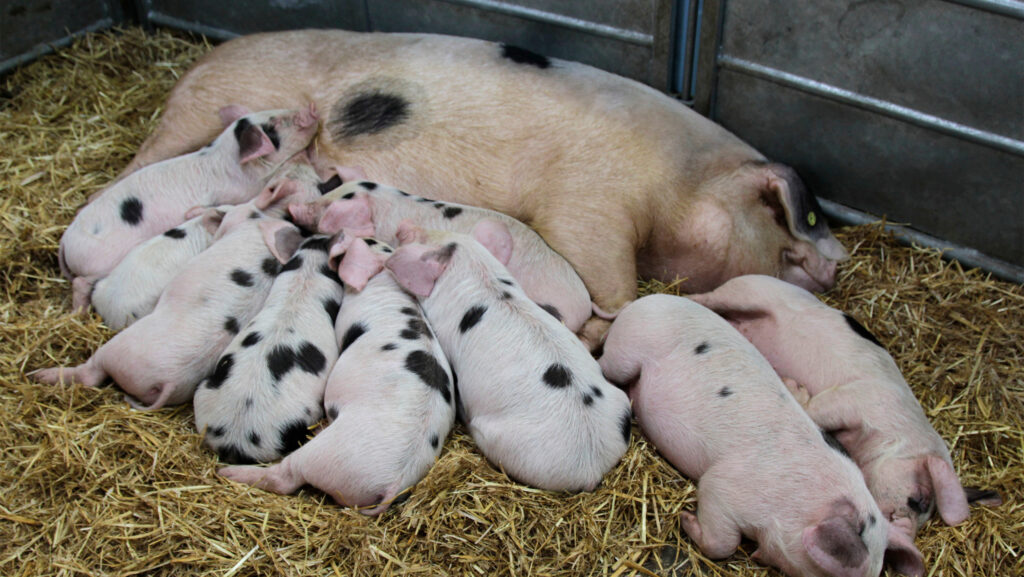Global sow herd stabilises as pig producers return to profit
 © Tim Scrivener
© Tim Scrivener The tide finally seems to be turning for the global pork sector and after a period of herd contraction, pig numbers are now beginning to stabilise.
Better returns for pig producers have been the driving force behind this shift, according to multinational co-operative bank Rabobank.
Analysts say that production costs have fallen across most global regions and pork consumption has also been stronger than expected.
See also: Export trade adds nearly £2bn in value to UK red meat sector
Senior animal protein analyst Christine McCracken said: “The industry’s improved supply-demand balance has led to a slowdown in herd contraction.
“Although meaningful growth in the breeding herd is not anticipated until late 2024 or early 2025, productivity enhancements are contributing to increased production.”
Lower feed costs have accounted for much of the fall in production costs.
However the industry will now look forward to next year’s crop and reduced plantings in the northern hemisphere to determine future feed prices.
Rabobank suggested that pork had been outperforming some more expensive proteins in Asia.
“This is particularly significant in light of rising beef prices.
“The trend toward frozen products and home cooking is expected to continue bolstering retail pork sales, with a projected uptick in value-added and processed meat sales as inflation rates peak,” said Ms McCracken.
EU pig numbers
Figures from the EU Commission showed a 6.6% decline in EU pigmeat production during 2023.
However, its December livestock survey showed a 170,000 head increase in its breeding sow herd.
As a result EU production in 2024 is forecast to only decline by about 0.4%.
In the UK, there were 10% fewer pigs on farm in December 2023 compared to year earlier levels, with 3.3m pigs.
But the female breeding pig herd increased by 0.7% to 239,000 head.
